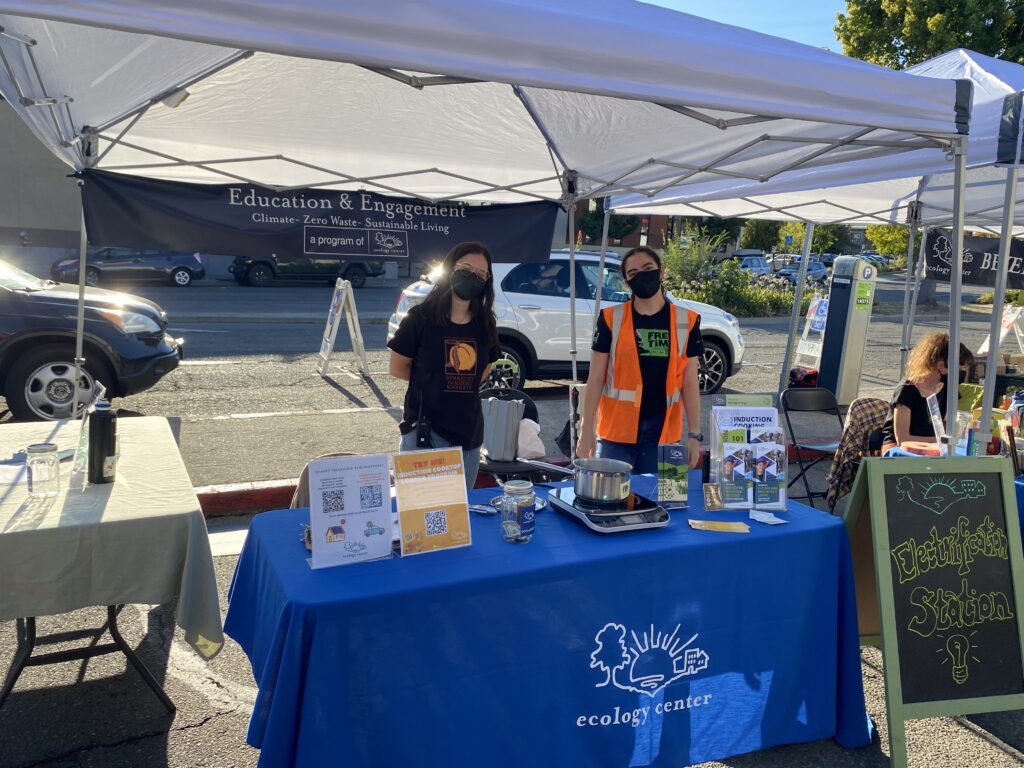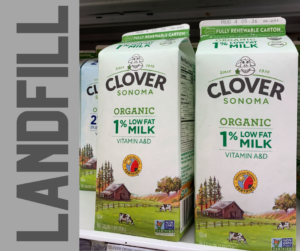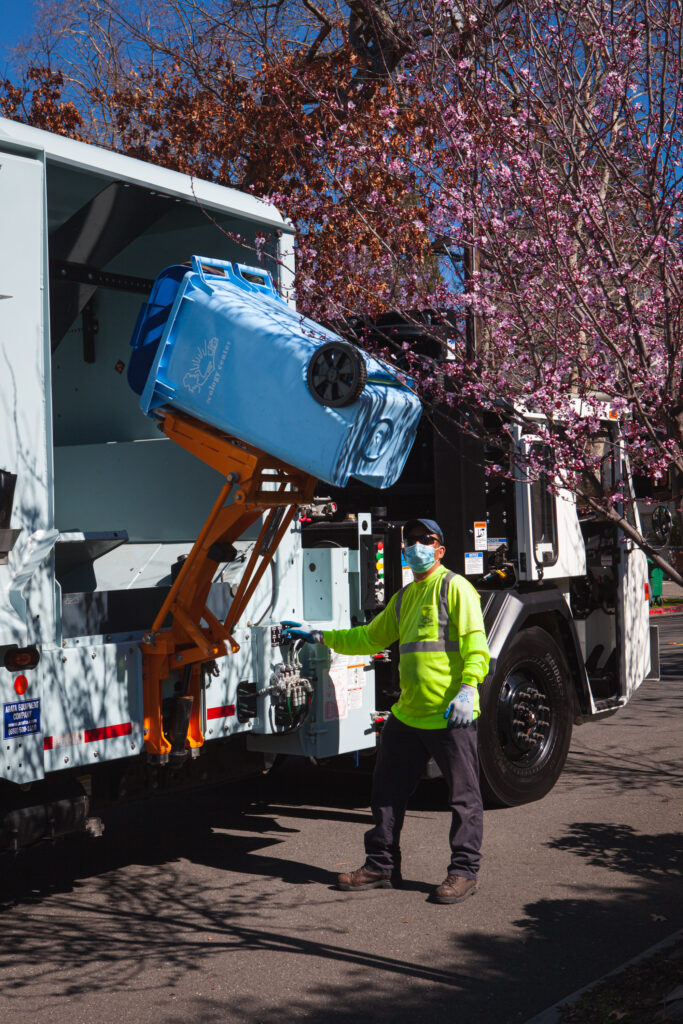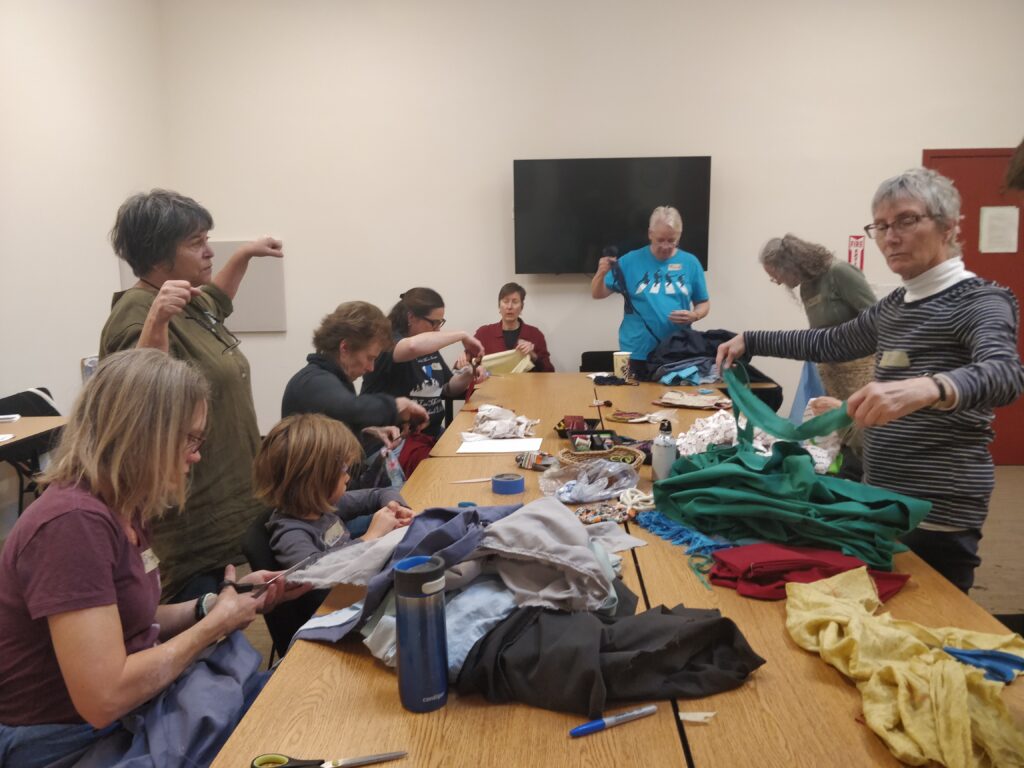 Climate change is here, its effects are overwhelming and at times can leave one feeling hopeless. Through these difficult times, the Help Desk team finds solace in your passion for doing right by your community. From greywater installation to information on recycling systems, our Help Desk team is thrilled to have answered questions covering a range of topics this year and thus supported your path towards a sustainable lifestyle. We are grateful for all of your thoughtful questions and inspired by the changes these conversations sowed. With the new year opening up a world of new possibilities, here are a few of the most interesting questions that we received in 2022 to cut through the greenwashing and inspire you to keep working towards a sustainable future.
Climate change is here, its effects are overwhelming and at times can leave one feeling hopeless. Through these difficult times, the Help Desk team finds solace in your passion for doing right by your community. From greywater installation to information on recycling systems, our Help Desk team is thrilled to have answered questions covering a range of topics this year and thus supported your path towards a sustainable lifestyle. We are grateful for all of your thoughtful questions and inspired by the changes these conversations sowed. With the new year opening up a world of new possibilities, here are a few of the most interesting questions that we received in 2022 to cut through the greenwashing and inspire you to keep working towards a sustainable future.
1. How do I sort my milk carton? 
Out of all the items that cause sorting confusion, this was the source of the most questions this year. With some community members believing that milk cartons can be composted and others believing they can be recycled, this item takes the cake as the most confusing material to sort. The short answer is that milk cartons and all aseptic containers should be sorted into your landfill cart here in Berkeley. If you are out of Berkeley, check your local recycling guide from your hauler.
Read our blog to learn more about why milk cartons are typically not compostable or recyclable.
2. If I have to pre-sort my recyclables, why do I see all the materials going into the same recycling truck?

Separating paper and cardboard from containers, which often hold food or beverages, helps to keep the paper fibers dry, preventing mold from forming on materials. This reduces contamination and ensures that residents’ work to presort their recycling pays off by increasing the paper products’ recyclability and marketability.
While the dual-stream collected materials do go into the same truck, they are not stored in the same area. Ecology Center’s split-bodied trucks use a floor-tilting system that shifts to maintain proper separation each time a cart is tilted. The divider of the cart acts as the primary barrier when the cart is tipped, keeping the materials separated while they are deposited onto the correct side of the truck. Having trouble imagining this process? Watch how these materials are kept separate here.
3. Is the free compost that’s available at the Berkeley Marina organic?
The compost at the Berkeley Marina is organic! It is both Organic Materials Review Institute (OMRI) and California Department of Food and Agriculture Organic Input Material (CDFA OIM) certified. To earn a CDFA OIM certification, compost must pass physical, chemical, and biological tests ensuring the product is safe for residential and commercial use. Read more about Berkeley’s Free Compost program here.
4. Where can I donate my worn textiles?
Textile recycling is tricky to say the least. In the East Bay, donation centers will not accept unwearable clothes and we have not successfully found a worn textile drop-off center.
When getting rid of clothing or fabric scraps, the first thing to consider is whether or not the clothing is salvageable. Repair is the best option to keep the item in use and out of landfill. If you are not comfortable with using a needle or iron-on patch yourself, try visiting your local tailor for mending services.
 If the item is beyond the possibility of repair, the next best option is reuse. Old t-shirts and sheets make great rags for cleaning up around your home. Worn out clothes can also be great for craft projects, such as amish knot rugs. If you already have enough t-shirt rags, consider offering your textiles via craigslist, or a buy nothing group to see if anyone in your community would like the fabric. Another option is reaching out to animal shelters. Some shelters will accept blankets, towels, and pillowcases to be reused. Be sure to call ahead and check the shelter’s criteria for donation.
If the item is beyond the possibility of repair, the next best option is reuse. Old t-shirts and sheets make great rags for cleaning up around your home. Worn out clothes can also be great for craft projects, such as amish knot rugs. If you already have enough t-shirt rags, consider offering your textiles via craigslist, or a buy nothing group to see if anyone in your community would like the fabric. Another option is reaching out to animal shelters. Some shelters will accept blankets, towels, and pillowcases to be reused. Be sure to call ahead and check the shelter’s criteria for donation.
If it is time to let your textiles go, they should be sorted into your landfill cart since most textiles contain a synthetic blend. Read more about global textile recycling efforts here.
5. I read that only 9% of plastics actually get recycled in the US. How can I know my household’s recycling efforts are making a difference?
The percentage of plastics that are recycled within the US is often misquoted. The correct statistic is that 9% of all plastics produced are recycled, not that only 9% of the plastics that get collected are recycled. The distinction is that many plastics never make it to a materials recovery facility (MRF), commonly known as a recycling center, in the first place. This is partly because many plastics, like food wrappers and plastic bags, are not designed to be recycled and are rightfully sent to landfill. It is also, in part, because many plastics are not properly sorted. Both recyclable and non-recyclable plastics end up in landfills and incinerators, or in our waterways and our communities’ streets and open spaces as litter. This means that your sorting efforts prevent recyclable plastics, like water bottles or laundry detergent jugs, from polluting our watersheds and neighborhoods.
While recycling is an essential process for our move towards a circular economy, the correct version of this statistic demonstrates that recycling as is cannot be the sole solution. Another way to make a difference is to advocate for a better plastics recycling system. From scaling up reuse and refill solutions to creating stronger plastics markets with minimum recycled-content requirements, there is much to be done on to improve our waste systems. Read more on the Ecology Center’s stance for improving plastics recycling and reducing plastic consumption here.
How does the Help Desk team have all these answers?
To answer your questions, the Help Desk team researches and consults a number of trusted resources. Here is a list of some of our favorite reports, articles, and informational media of 2022:
- GAIA’s “Zero Waste to Zero Emissions: How Reducing Waste is a Climate Gamechanger”
- AMBR’s “Chasing Arrows: The Truth in Recycling”
- Upstream’s “Reuse Wins Report”
- Greenlining Institute’s “Energy Equity for Everyone”
Don’t see your question above? To get your questions answered by our Help Desk, visit the Ecology Center Store and Resource Center Tues-Sat 11a-6p. Or reach out to us via phone (510-548-2220 x233) or email (helpdesk@ecologycenter.org).



